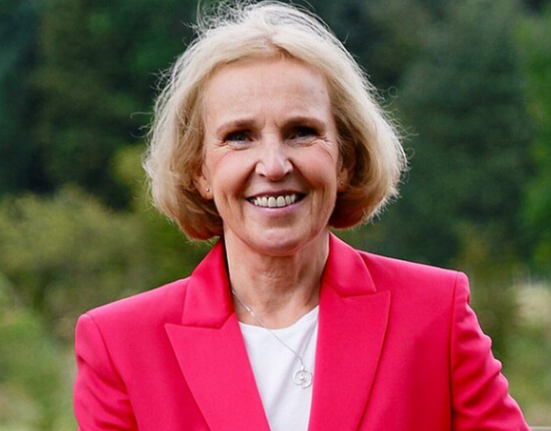 Our round table of industry professionals gathered at the offices of Finch Consulting to reveal the intricate challenges businesses face in maintaining safe working environments.
Our round table of industry professionals gathered at the offices of Finch Consulting to reveal the intricate challenges businesses face in maintaining safe working environments.
The discussion centred on machinery safety, equipment procurement, and workplace culture across different industries, with participants sharing insights from their experiences in manufacturing and logistics.
In today’s rapidly evolving industrial landscape, machinery safety has become more than just a regulatory checkbox—it’s a critical component of operational excellence and employee well-being.
Key challenges include:
- Engaging stakeholders from the beginning of the procurement process
- Understanding nuanced requirements beyond basic specifications
- Anticipating business changes during long equipment lead times
- Ensuring proper documentation and compliance
The journey begins with equipment procurement, a process far more complex than simply purchasing machinery. Our panel emphasised the crucial role of user requirement specifications (URS), which go far beyond basic technical specifications.
“It’s not just about what the machine does,” one participant noted, “but understanding the nuanced requirements that aren’t immediately apparent.”
Cultural diversity adds another layer of complexity. Companies like Hello Fresh, with a workforce comprising 70% agency workers from multiple cultural backgrounds, face unique challenges. Language barriers, different risk perceptions, and generational gaps create significant obstacles in safety communication and training.
Generational differences have also emerged as a critical factor. Younger workers, raised in increasingly risk-averse environments, often lack the practical risk awareness of previous generations.
One participant shared a personal insight: “My children haven’t experienced the same risk-taking opportunities I did growing up. They expect safety to be someone else’s responsibility.”
The regulatory landscape presents its own set of challenges, said the panel. While the UK is recognised for its goal-setting approach to health and safety, resource constraints limit regulatory bodies’ effectiveness. Inspectors are stretched thin, and the depth of expertise is gradually eroding as experienced professionals approach retirement.
Different cultural approaches to safety become starkly apparent when comparing international practices. German manufacturers, for instance, tend to have a more rigid approach to safety protocols, while British companies often focus on adaptable risk management. These cultural nuances can significantly impact machinery design and workplace practices.
Second-hand equipment introduces another layer of complexity, said the panel. When machinery is relocated or repurposed, compliance becomes a critical concern. The simple act of moving equipment can reset compliance clocks, requiring comprehensive reassessment of safety standards.
Successful companies are developing innovative approaches to safety management. Weetabix, for example, has implemented a system where employees are rewarded for safety suggestions. The company has transformed workplace safety from a top-down mandate to a collaborative process, installing VAT lifters and redesigning processes based on worker input.
The financial implications of safety cannot be overlooked, said the panel. High-profile incidents like the Alton Towers accident demonstrate how safety failures can cost far more than preventative measures. One participant noted that while the initial fine was £5m, the reputational damage and lost revenue exceeded £100m.
Key recommendations for businesses included:
- Develop comprehensive user requirement specifications
- Engage stakeholders early in equipment procurement
- Invest in workforce safety education
- Create adaptable safety communication strategies
- Understand generational and cultural differences in risk perception
Technology and changing workforce demographics are reshaping safety approaches.
Companies must now consider:
- Multi-language safety communications
- Visual safety guidance
- Flexible training methods
- Continuous learning approaches
The future of workplace safety lies in holistic, adaptive approaches that recognise the human factors behind risk. It’s no longer about rigid rules, but understanding the complex interactions between technology, people, and workplace culture. As one safety expert succinctly put it: “No job is worth doing if it can’t be done safely.” This philosophy represents the evolving understanding of workplace safety – not as a constraint, but as a fundamental aspect of operational excellence and human respect.
Panel:
Dom Barraclough, Finch Consulting
Paul Wood, Finch Consulting
Gemma Worgan, Hello Fresh
Robert Cox, Weetabix
Matt Cooper, Castle Rock Brewery
Alex Mason, Sleaford Quality Foods
Martin Chung, NIRAS
Rebecca Ironmonger, Roythornes
Sam Metcalf, editor, TheBusinessDesk.com







